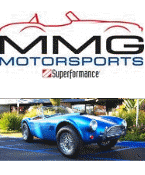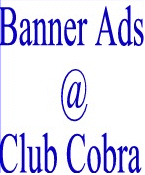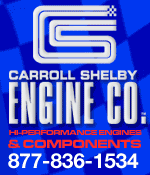Let's say I want to run an inverted 460, and I'm toying with the idea of using Arao heads and "reverse-engineering" BMW's direct injection technology -- possibly with port-type injection in addition (depends on how much power the reverse-engineered components will support). Alternatively, assume the use of either wedge or hemi heads and port-type injection.
Obviously, in such a case, the valve covers become the
oil pan(s), so I'm thinking "dry sumped" valve covers are in order. Would I be able to use normal pistons and rings? Would I need to scavenge the crankcase?
Imagine the whole assembly rotated alternately -- in 15-degree increments through 90 degrees -- about the crankshaft's longitudinal axis (6 separate and distinct orintations in either direction, in addition to the original inverted position). Imagine the crankshaft in the traditional orientation coaxial with the longitudinal axis of the vehicle, and imagine the crankshaft's longitudinal alternately perpendicular to the longitudinal axis of the vehicle. How do these various orientations effect oiling and
oil control? Assume vehicular longitudinal-axis acceleration forces of +1.5/-2.5g and vehicular lateral-axis acceleration forces of +/- 1.5g.
Is the aforementioned method adequate to prevent the pooling of
oil in the combustion chamber?
What else needs to be done to ensure "upright engine" reliability, longevity, power, etc.?





















 Threaded Mode
Threaded Mode

